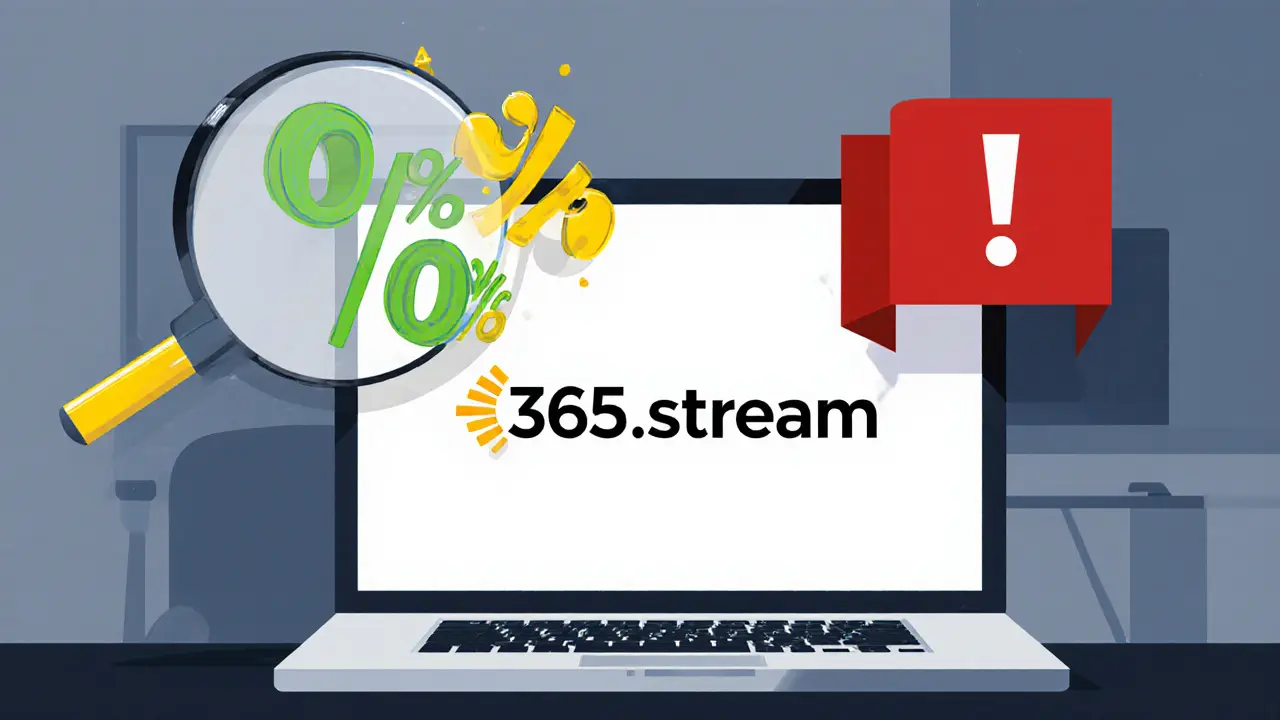Low Trading Fees: What You Need to Know
When you start looking for low trading fees, a price‑cut on each crypto swap that helps your portfolio grow faster. Also called cheap exchange costs, they are a key factor in choosing a crypto exchange, an online platform where you buy, sell, or swap digital assets or a decentralized exchange, a peer‑to‑peer marketplace that runs on smart contracts. The maker‑taker fee model, a system that rewards liquidity providers (makers) with lower rates than takers is the most common way fees are set. In short, low trading fees reduce the cost of each move and let you keep more of your gains.
Why do low fees matter? First, they directly affect profitability. If you trade a $1,000 position and pay a 0.2% fee, that’s $2 gone each time. Swap that to 0.05% and you save $1.50 per trade – those small savings add up fast, especially for day traders or anyone who frequently rebalances. Second, fee structures shape market behavior. Exchanges that use the maker‑taker model encourage users to add liquidity, which boosts trading volume, the total value of assets swapped on a platform. Higher volume usually means tighter spreads and better price execution, creating a positive feedback loop: low fees → more volume → better prices → even lower effective costs.
Not all fee schemes are created equal. Some platforms charge a flat rate regardless of trade size, making them simple but potentially pricey for large moves. Others offer tiered rates that drop as your monthly volume climbs – a win for high‑frequency traders. Then there are promotional zero‑fee periods, where a new exchange waives fees for the first month to attract users. While tempting, those promos often hide other costs like withdrawal fees or wider spreads. Understanding the full fee picture – trading, withdrawal, and sometimes deposit fees – is essential before you commit.
Comparing fees across dozens of services can feel overwhelming, but a few tools make it painless. Fee calculators let you input trade size, asset pair, and exchange to see the exact cost. Comparison charts collect data from major crypto exchanges, showing maker and taker rates side by side. Keep an eye on hidden charges: some DEXs charge higher gas fees on congested networks, effectively raising the total cost despite a zero‑fee label. A quick check of network fees alongside exchange rates gives you the true cost per trade.
Low trading fees also influence strategy choice. If you’re a dollar‑cost averaging (DCA) investor, you might accept slightly higher fees for the convenience of automated recurring buys. Conversely, a high‑frequency trader needs the tightest spreads and the smallest per‑trade charge, so they hunt platforms with sub‑0.05% rates and use limit orders to become makers. Using the exchange’s native token to pay fees can shave another 10‑30% off the rate, but only if the token’s value remains stable. Otherwise you might end up paying more in the long run.
Here’s a quick cheat sheet to keep fees low:
- Choose an exchange with a competitive maker‑taker model.
- Check your monthly trading volume – many platforms reward higher volume with lower rates.
- Consider using the exchange’s native token for fee discounts, but monitor its market price.
- Prefer limit orders to become a maker rather than a taker.
- Watch network congestion; on busy days the gas cost on a DEX can outweigh any fee savings.
Below you’ll find a curated set of articles that dive deeper into the world of cheap trading. We cover specific exchange reviews, fee‑focused guides, and even regulatory notes that affect how fees are applied around the globe. Whether you’re hunting the lowest taker fee, comparing DEX gas costs, or learning how to leverage native tokens, the collection gives you actionable insight to keep more of your crypto in your pocket.
In‑Depth 365.stream Crypto Exchange Review - Fees, Trust & Alternatives
A comprehensive review of 365.stream covering fees, trust warnings, user experience, and safer alternatives for crypto traders.





